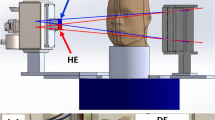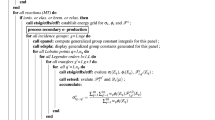Abstract
So many people are buying tubes for the “new photography,” that I think it ought to be made known that the best results can be obtained with the original spherical tube used by Prof. Crookes in 1879, to show the incandescence of platinum under impact of the projected molecules which were focussed on it by a concave kathode. I have been using such a tube for my best work up to now. On January 29 last, I put in hand a larger tube of the same kind, with the same large concave kathode at the top and small disc anode at the bottom, but without the platinum in the middle. This tube is six inches in diameter. But the tube-makers have been so occupied with smaller tubes, which are far less trouble to make, that it was only sent me yesterday. I at once used it to photograph a man's hand on an inverted celluloid film, the whole enclosed in a black bag in the usual way. With five inches of spark, and an exposure of three minutes at eight inches distance from the film, I obtained fine definition of the bones as far as the film went, including the junction of the two bones of the arm with the wrist. No Tesla apparatus was used. Had it been, doubtless the exposure could have been considerably shortened. An area of twelve inches by ten inches was covered perfectly. The tube was then set on for thirty minutes without stopping with a ten-inch spark coil, and showed no perceptible heating.
This is a preview of subscription content, access via your institution
Access options
Subscribe to this journal
Receive 51 print issues and online access
$199.00 per year
only $3.90 per issue
Buy this article
- Purchase on SpringerLink
- Instant access to full article PDF
Prices may be subject to local taxes which are calculated during checkout
Similar content being viewed by others
Author information
Authors and Affiliations
Rights and permissions
About this article
Cite this article
GIFFORD, J. The Röntgen Rays. Nature 53, 460–461 (1896). https://doi.org/10.1038/053460e0
Issue date:
DOI: https://doi.org/10.1038/053460e0



